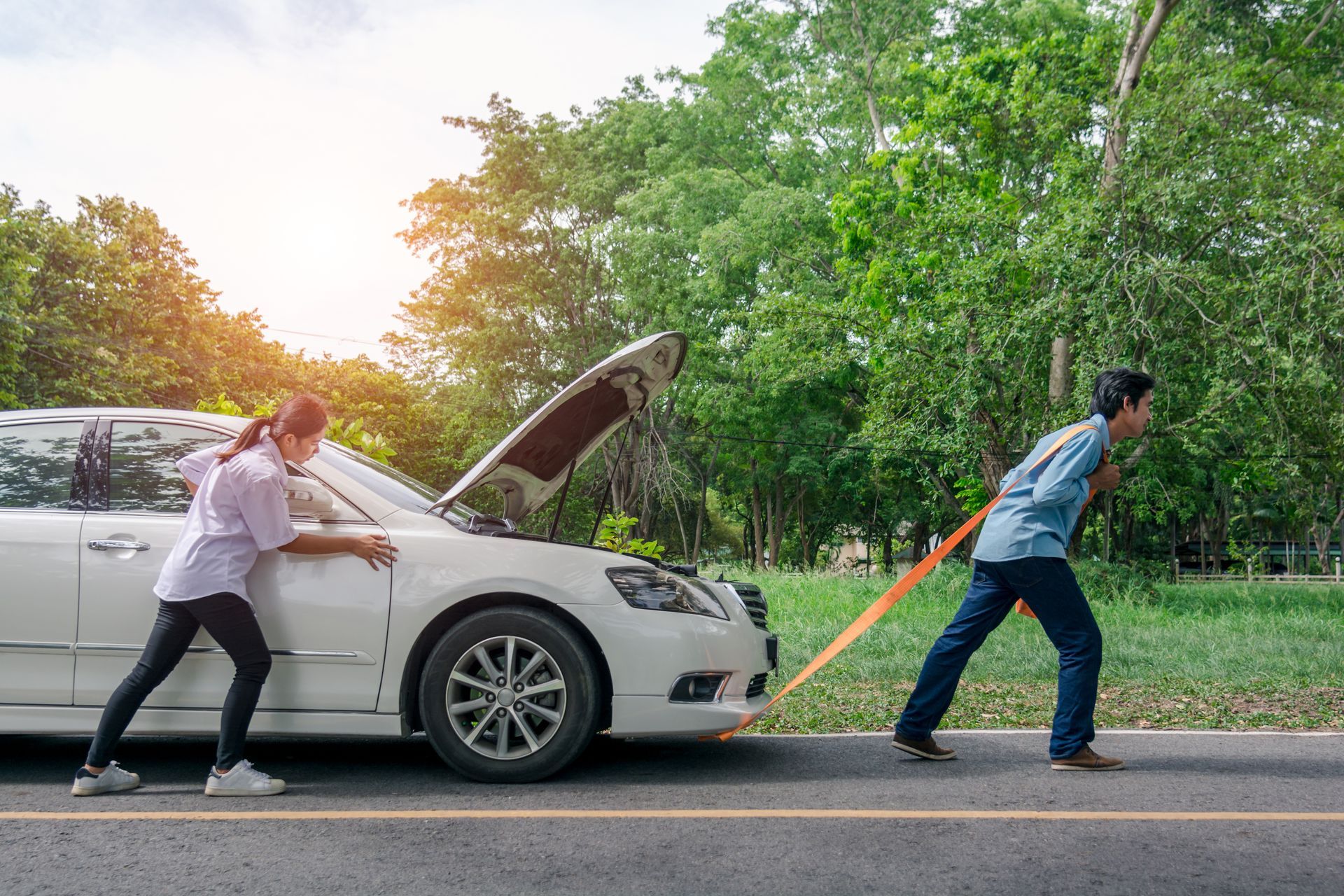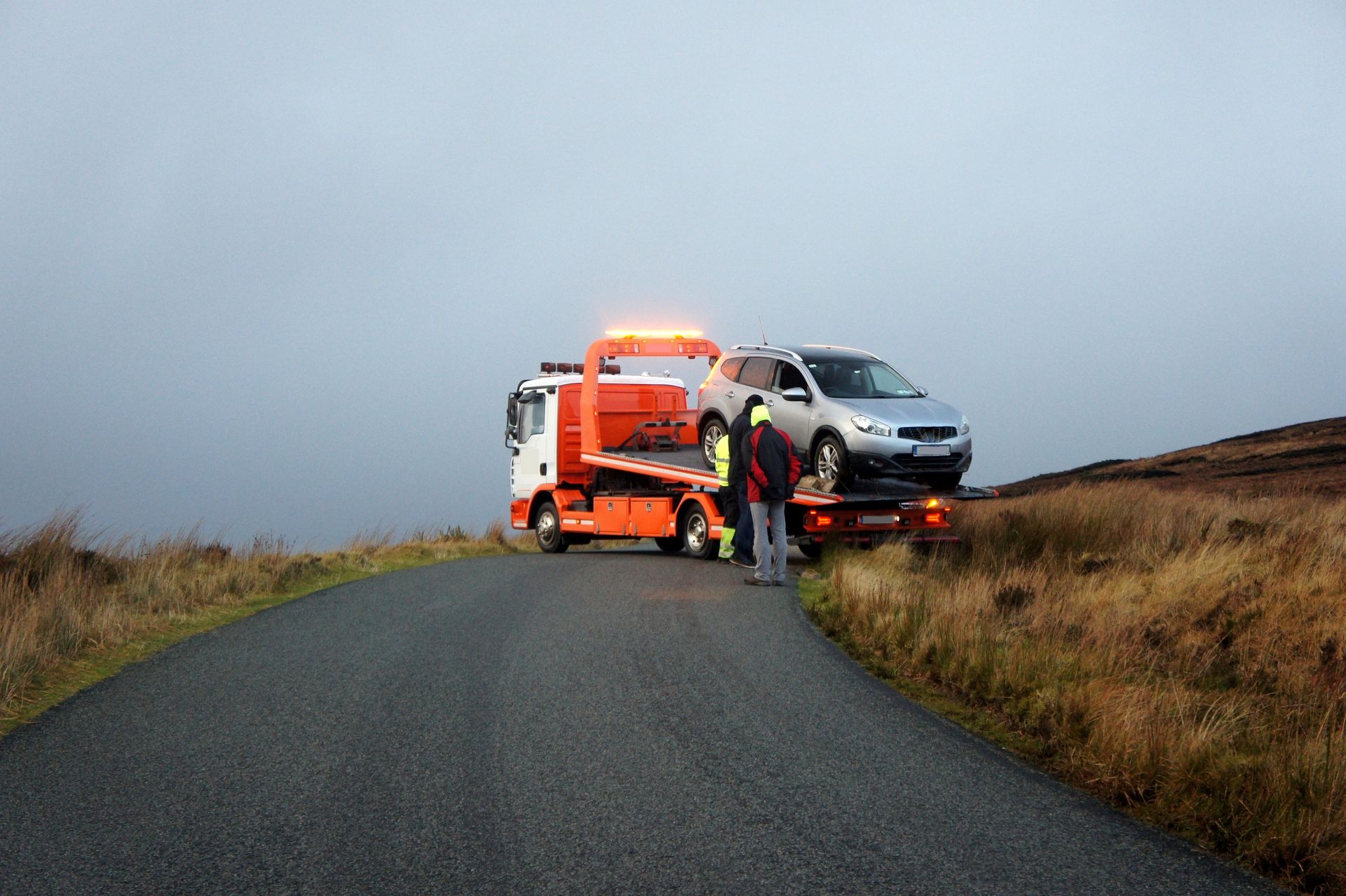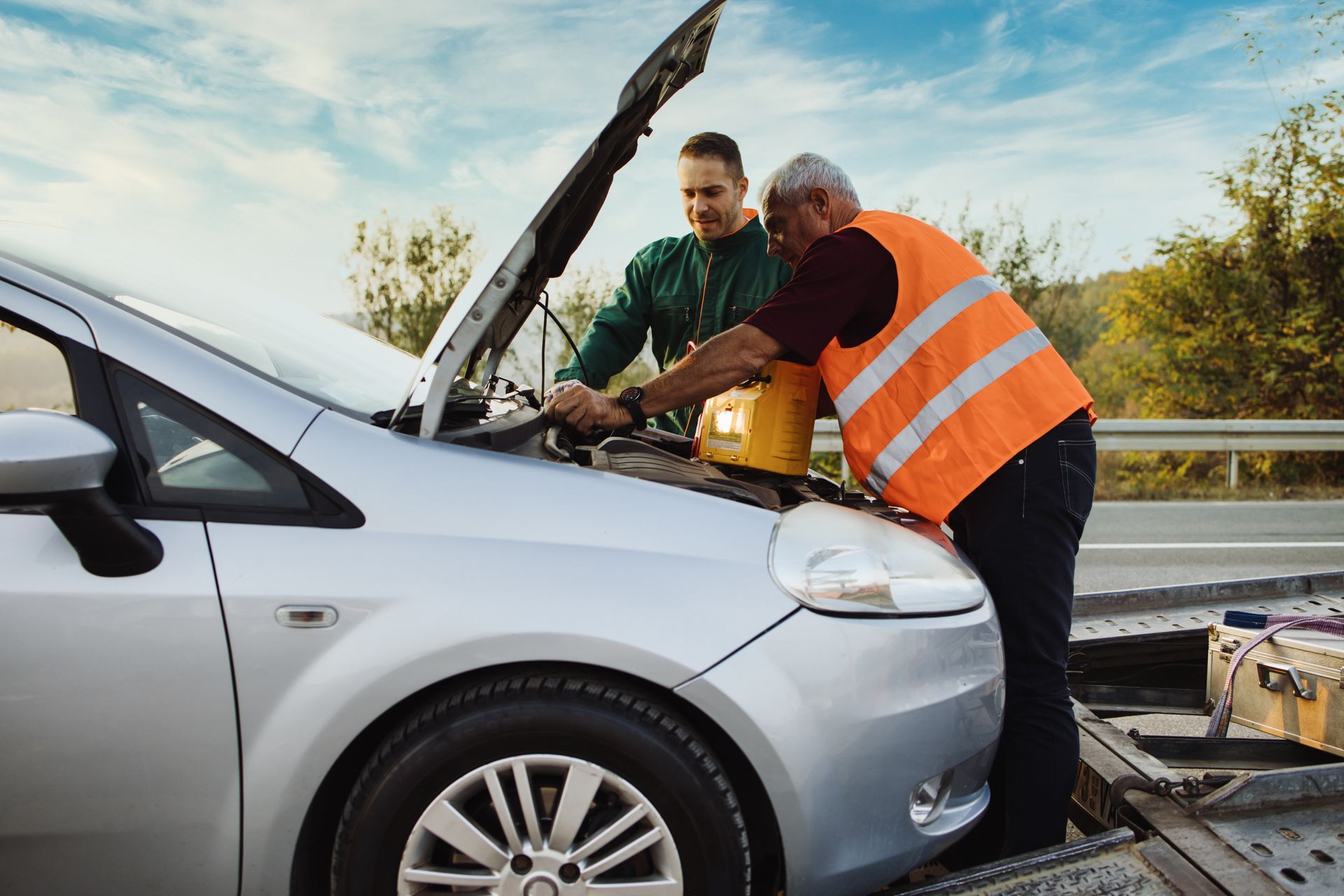What Happens If a Tow Truck Gets Stuck While Recovering a Car?
When a tow truck gets stuck, it creates a challenging situation that requires quick thinking and the right equipment to resolve. Tow operators are trained to handle tough recoveries, but when their own truck is immobilized, they have to rely on advanced techniques, additional recovery vehicles, or specialized equipment to free themselves.
From using winches and traction mats to calling in a larger heavy-duty wrecker, professionals have multiple ways to get back on track. But what are the most effective strategies, and how do tow operators prevent this from happening in the first place?
Why Do Tow Trucks Get Stuck
Tow trucks are built for heavy-duty recovery, but certain conditions can make even the strongest trucks struggle. Some common reasons why tow trucks get stuck include:
- Soft or muddy terrain – Wet ground, sand, or loose gravel can cause the truck’s wheels to sink, making movement difficult.
- Heavy load weight distribution – When a tow truck lifts a heavily damaged or oversized vehicle, the extra weight can shift the truck’s balance, making it harder to maneuver.
- Steep or uneven surfaces – Recovering a car from a ditch or hillside can put a tow truck at an awkward angle, reducing its traction and making it prone to getting stuck.
- Snow and ice – Winter conditions can make it nearly impossible for tow trucks to get enough grip, leading to slippage and loss of control.
What Happens When a Tow Truck Gets Stuck
If a tow truck gets stuck while attempting to recover another vehicle, trained operators follow a series of steps to safely get back on the move.
Step 1: Assess the Situation
The first thing a tow truck operator does is evaluate the cause of the issue. If the truck is stuck due to mud, loose gravel, or a heavy load, the operator determines whether traction adjustments, repositioning, or external assistance is needed.
Step 2: Use Onboard Recovery Equipment
Most tow trucks are equipped with winches, straps, and traction aids that can help them self-recover. The operator may:
- Use a winch attached to a strong anchor point (such as a tree or another vehicle) to pull the truck free.
- Place traction mats or gravel under the tires to improve grip.
- Adjust the truck’s weight distribution by repositioning the tow load.
Step 3: Call for a Second Tow Truck
If the tow truck is completely immobilized, another tow truck may be called in to assist. This could be a larger heavy-duty wrecker designed to pull out stuck vehicles or a similar truck equipped with additional recovery gear.
Step 4: Preventative Measures for Future Jobs
Tow truck operators learn from every recovery situation. If an area is known to be muddy, icy, or steep, operators may:
- Use lighter, portable recovery tools to help reposition vehicles before engaging the tow truck.
- Utilize four-wheel-drive (4WD) tow trucks for better off-road capability.
- Avoid dangerous angles by positioning the truck differently for the next job.
How Tow Companies Prepare for Tough Recoveries
At Naples Towing & Recovery, our team prepares for difficult recoveries by ensuring our fleet has:
- Heavy-duty winches and towing straps for self-recovery.
- Experienced operators trained in off-road recovery techniques.
- Backup trucks on standby for emergency situations.
Getting stuck is part of the job, but with the right preparation and equipment, professional tow operators can get themselves out of trouble and back on the road quickly.
Need Professional Towing? Call Naples Towing & Recovery!
Whether you need a simple tow, emergency roadside assistance, or recovery from a difficult spot, Naples Towing & Recovery is here to help. Our expert team and well-equipped fleet ensure that no matter the challenge, we’ll get your vehicle back on the road safely.
Need a tough recovery job done right? Trust
Naples Towing & Recovery for expert service and experienced operators.










